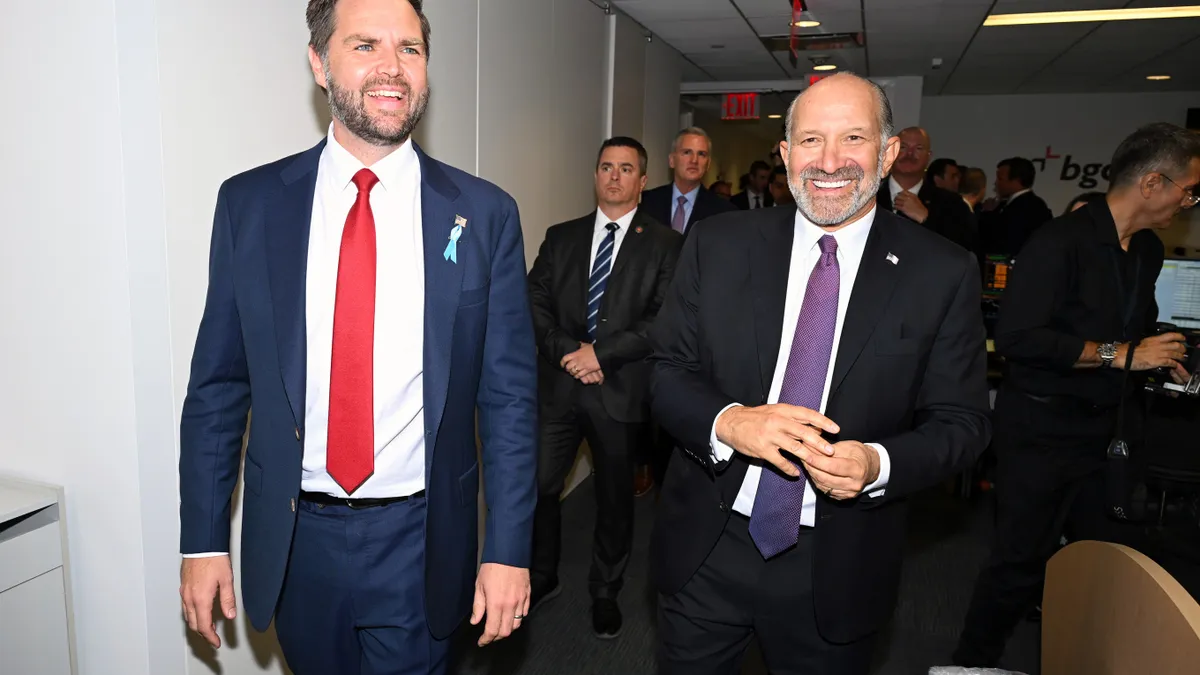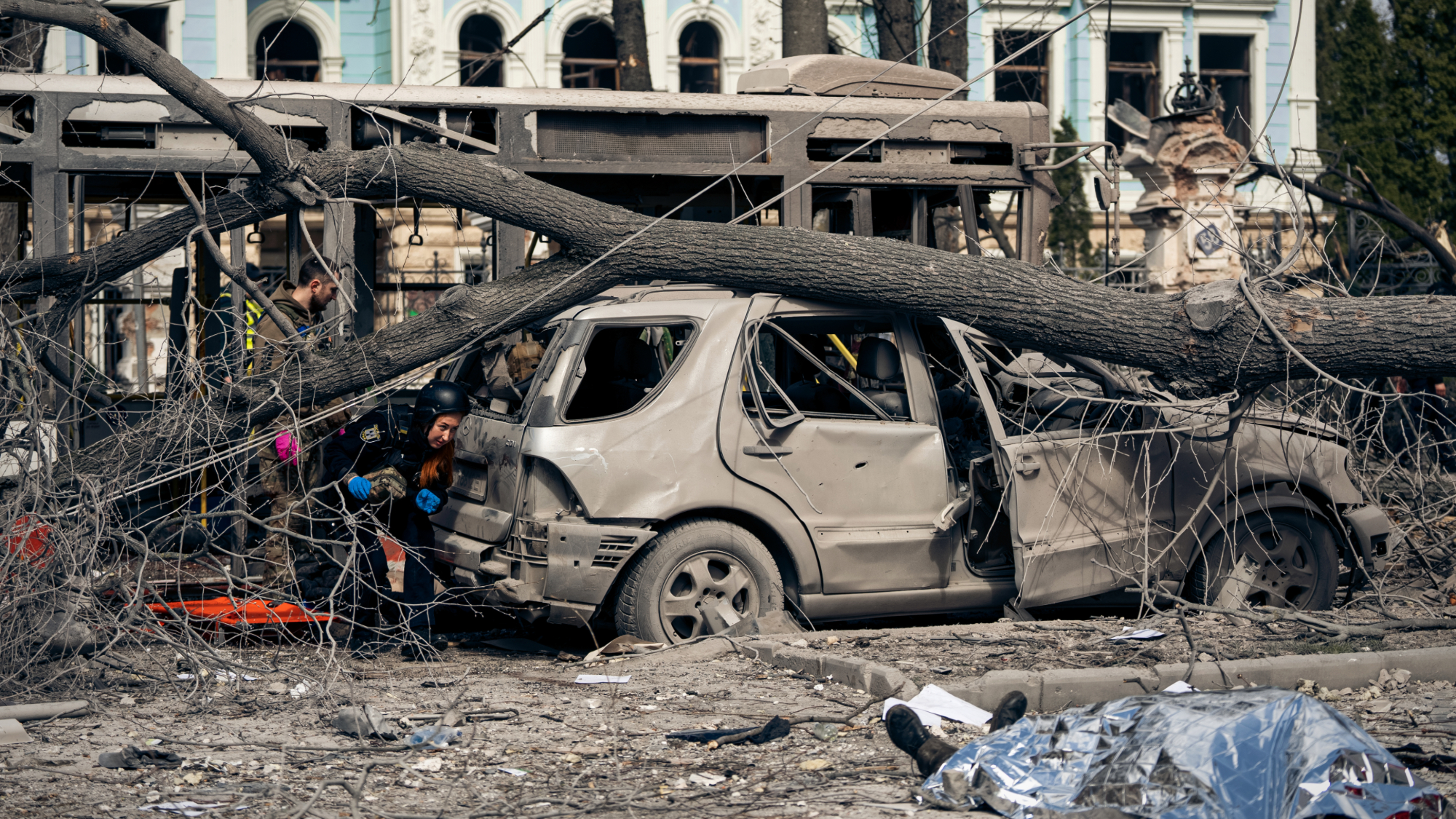Editor’s note: As the war against the Islamic State militants continues, teachers are facing questions about how to address the conflict with students. Educator Rusul Alrubail discusses her family’s personal involvement with the war and how it affected her classroom of immigrant students.
Last summer I received a message from family in Iraq letting me know that a few of my second cousins were volunteering to join the Iraqi army to fight the Islamic State group.
Miles and continents away, I could not make sense of the world at that moment. How and why? I was so hurt, hurt for my family back home and hurt that average civilians who have no army training had to volunteer to fight such evil.
The next day, I decided to share with my class what was happening with my family in Iraq. We started by reading an article from the news. I prompted the students with some comprehension and analytical questions. Students had seen protests on social media calling for an IS blackout and had a lot of questions. But what really touched me was students’ curiosity about how I felt toward these tragic events.
One of my students said, “How are you here today in class with us? That’s serious stuff you’re going through.” Another student shared that she thought what was happening was unfair.
One of the most touching comments was from another Muslim student who shared some of her fears, saying, “When something like this happens, I worry about how others will see me as a Muslim. So many stereotypes and racism, all because of one group of bad people.”
The class looked to me for answers, to confirm that racism against Muslims runs rampant when events like this occur. But I also saw solidarity in their eyes. Solidarity that they knew what their classmate was talking about. Solidarity that they think it’s unjust. Solidarity that they’ll stand by us at times like this.
My students’ display of empathy comes from a special place, as many of them are immigrants themselves. The school’s student body is made up of approximately 70 percent domestic students from a diversity of ethnicities and racial/cultural backgrounds, and 30 percent international students.
As a former child immigrant, I connect with my students on several levels. It’s important to remember that the immigration experience is not a homogeneous one. I came to Canada as a child; my experience is different than that of my international students, who have recently arrived here and are staying for several years to study. As a result, we connect not because we are feeling the exact same way, but because we find common emotions in each other’s experiences.
When students see that a teacher is not afraid to discuss what is happening around the world, especially related to her home country, they in turn feel comfortable to share their thoughts and feelings on similar issues.
Discussions about culture, race and the immigration experience, whether they happen small spontaneous moments or are part of an ongoing class theme, are so vital to students’ understanding of their own emerging identity. Seeing that they’re not alone in their emotions helps them to feel little bit normal about their own struggles to make sense of their new home.
Rusul Alrubail is an education consultant and Educator-in-Residence at Design Cofounders. She previously taught composition and literature to college students in Toronto.
Popular News




Current News
Manufacturing

Collaboratively administrate empowered markets via plug-and-play networks. Dynamically procrastinate B2C users after installed base benefits. Dramatically visualize customer directed convergence without
Collaboratively administrate empowered markets via plug-and-play networks. Dynamically procrastinate B2C users after installed base benefits. Dramatically visualize customer directed convergence without revolutionary ROI.





About Us
Tech Photos

























